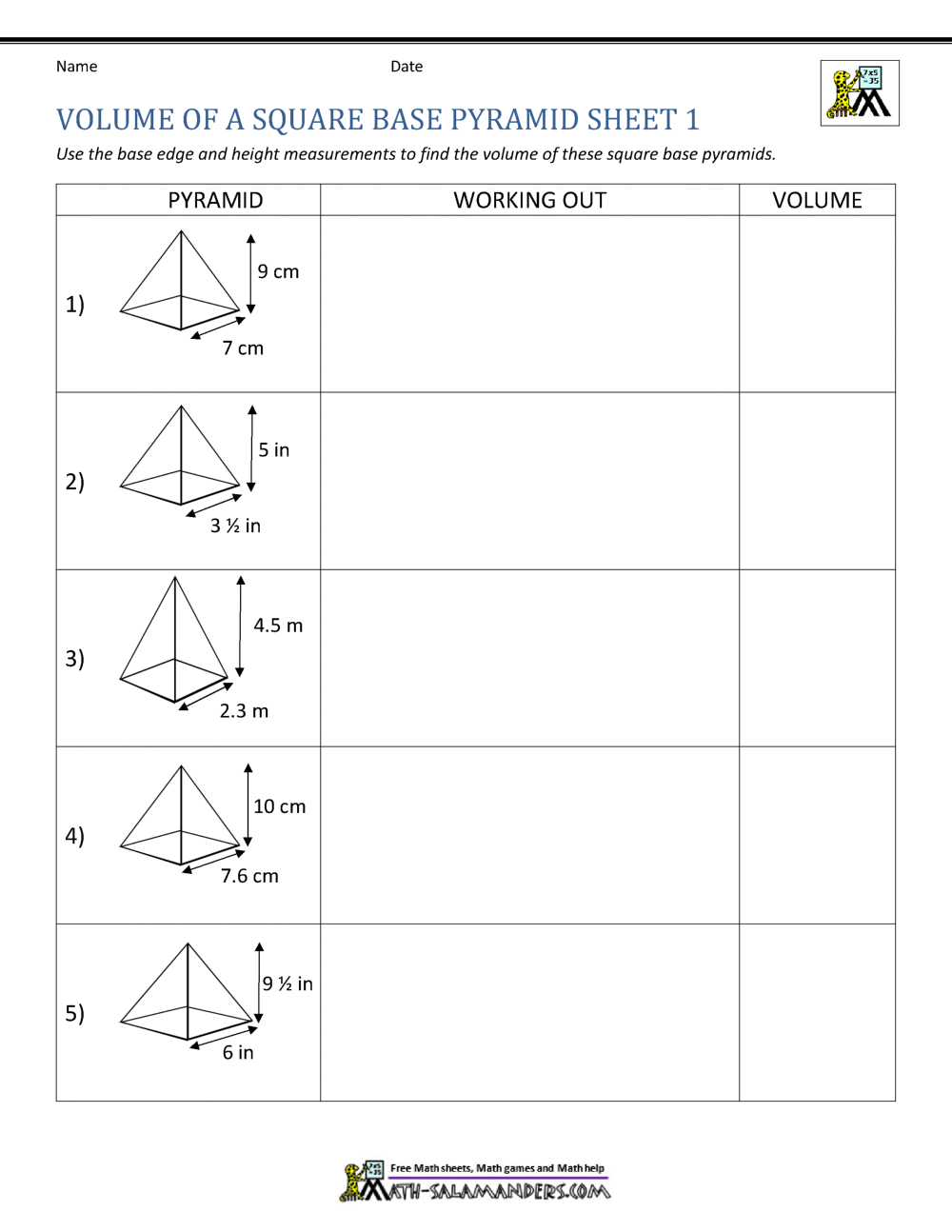Finding the Best Electronics Recycling Near Me: A Complete Guide
In today’s fast-paced world, electronic devices are a staple in our daily lives. However, with the rapid advancement of technology, these devices quickly become obsolete, leading to a growing need for responsible disposal. This is where electronics recycling comes in. If you’ve ever found yourself searching for “electronics recycling near me,” you’re not alone. This guide will help you understand the importance of electronics recycling, how to find the best facilities near you, and what to expect from the process.

Key Takeaways
- Electronics recycling is crucial for environmental protection and resource conservation.
- Finding a local recycling center is easy with online resources and community programs.
- Recycling electronics responsibly involves understanding what items are accepted and the process involved.
- Choosing certified recyclers ensures compliance with environmental standards.
Why Electronics Recycling Matters
Electronics recycling is not just about clearing out clutter; it’s an essential practice for protecting our environment. Electronic waste, or e-waste, contains hazardous materials like lead, mercury, and cadmium, which can contaminate soil and water if not disposed of properly. By recycling electronics, we can recover valuable materials like gold, silver, and copper, reducing the need for new raw materials and minimizing environmental impact.
The Environmental Impact of E-Waste
Each year, millions of tons of e-waste are generated worldwide, with only a fraction being recycled. This leads to significant environmental challenges, including pollution and the depletion of natural resources. Proper recycling helps mitigate these issues by ensuring that harmful substances are safely managed and valuable components are reused.
How to Find Electronics Recycling Near Me
Locating a reliable electronics recycling center near you is easier than you might think. Here are some steps to help you get started:
1. Use Online Search Tools
One of the simplest ways to find electronics recycling facilities is by using online search tools. Websites dedicated to recycling often provide directories of certified recyclers based on your location. Simply enter “electronics recycling near me” in your preferred search engine, and you’ll be presented with a list of nearby options.
2. Check Local Government Resources
Many local governments offer resources and programs for electronics recycling. Check your city or county’s official website for information on designated drop-off locations, scheduled collection events, and guidelines for recycling e-waste.
3. Retailer Take-Back Programs
Some electronics retailers offer take-back programs where you can return old devices for recycling. These programs are often free and provide a convenient way to ensure your electronics are disposed of responsibly. Check with major retailers in your area to see if they offer such services.
4. Community Recycling Events
Community recycling events are another excellent way to recycle electronics. These events are typically organized by local environmental groups or government agencies and provide a convenient, one-stop solution for recycling various types of e-waste. Keep an eye out for announcements in local newspapers or community bulletin boards.
What to Expect When Recycling Electronics
Once you’ve identified a suitable recycling center, it’s essential to understand the process and what items are typically accepted. Here’s what you need to know:

Accepted Items
Most electronics recycling centers accept a wide range of items, including:
- Computers and laptops
- Mobile phones and tablets
- Televisions and monitors
- Printers and scanners
- Small household appliances
However, it’s always a good idea to check with the recycling facility beforehand to confirm what items they accept, as some may have specific restrictions or require special handling for certain materials.
The Recycling Process
The recycling process typically involves several steps to ensure that materials are safely and efficiently recovered. These steps include:
- Collection: Gathering e-waste from various sources, including drop-off centers, collection events, and take-back programs.
- Sorting: Separating items based on material type and condition.
- Disassembly: Breaking down devices into their component parts for further processing.
- Material Recovery: Extracting valuable materials like metals and plastics for reuse.

Choosing a Certified Recycler
When selecting a recycling center, it’s crucial to choose one that is certified by a recognized environmental organization. Certified recyclers adhere to strict standards for handling e-waste, ensuring that materials are processed safely and ethically. Look for certifications such as R2 (Responsible Recycling) or e-Stewards when evaluating potential recycling facilities.
Benefits of Using Certified Recyclers
Using a certified recycler offers several advantages, including:
- Environmental Compliance: Certified recyclers follow established guidelines to minimize environmental impact.
- Data Security: Many certified recyclers offer data destruction services to protect your personal information.
- Transparency: Certified recyclers provide documentation and reporting on the recycling process, ensuring accountability.
Recycling electronics is a vital step towards a more sustainable future. By responsibly disposing of your old devices, you contribute to environmental protection, resource conservation, and the reduction of pollution. Finding “electronics recycling near me” is straightforward with the right resources and knowledge. Remember to choose certified recyclers and participate in local programs to ensure your e-waste is handled safely and effectively. Together, we can make a significant impact on our planet’s health and well-being.











